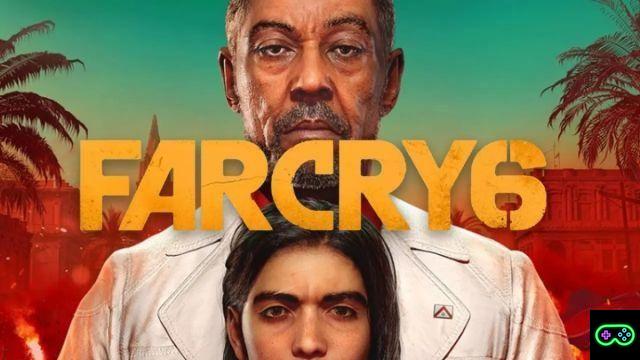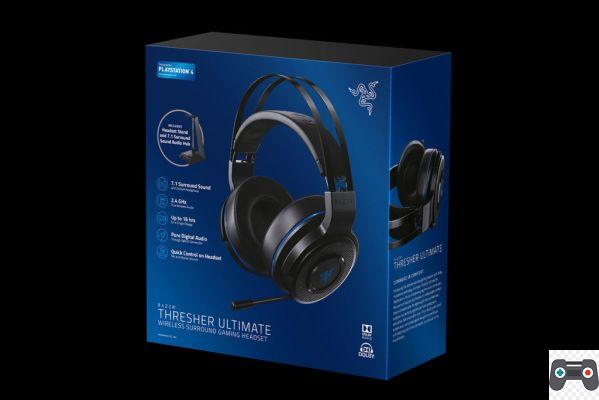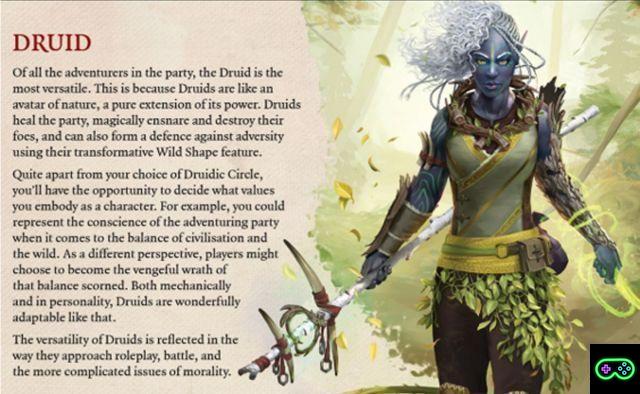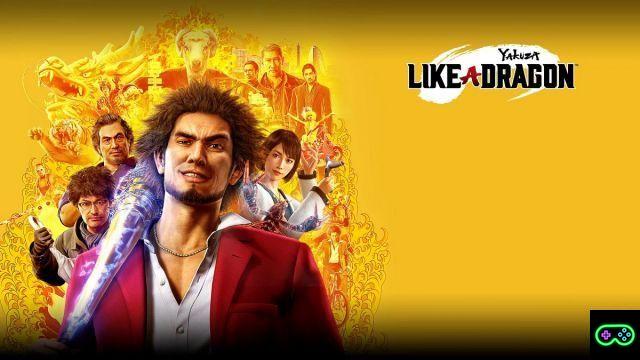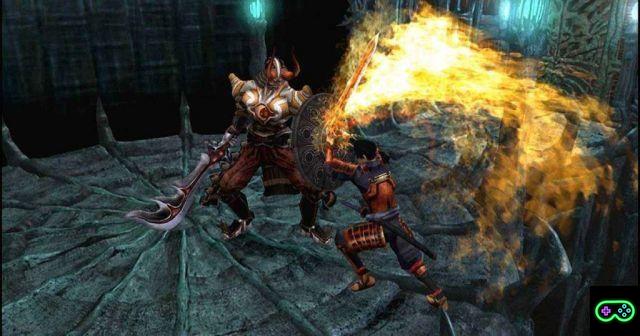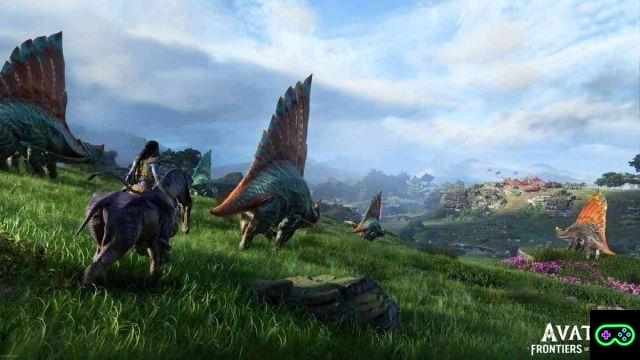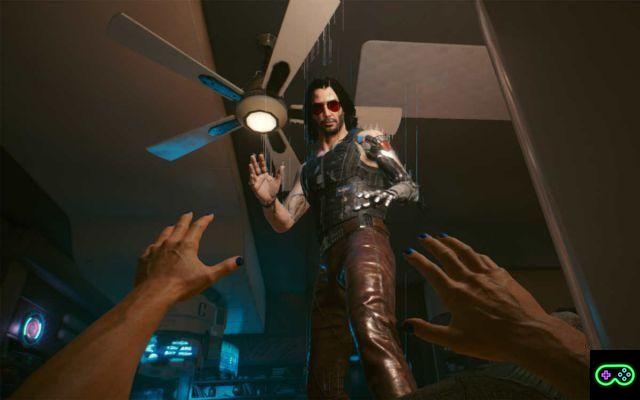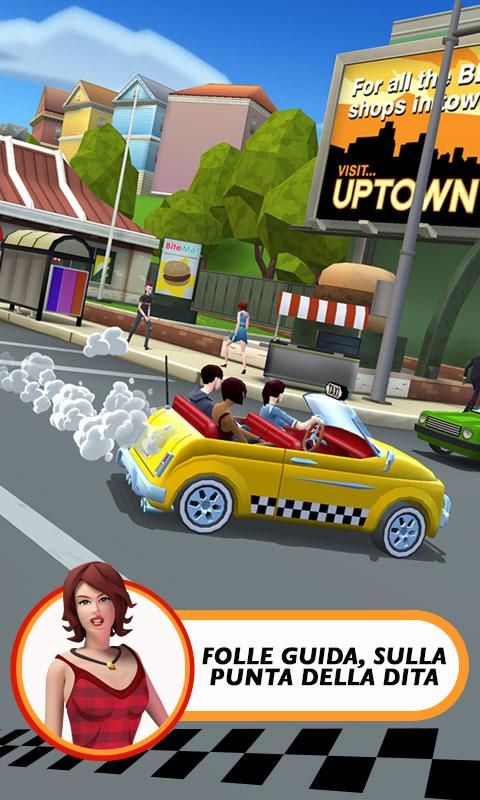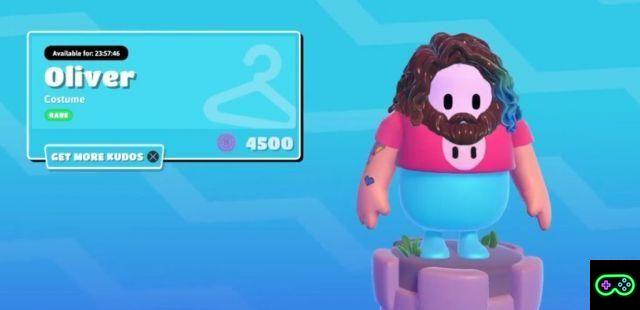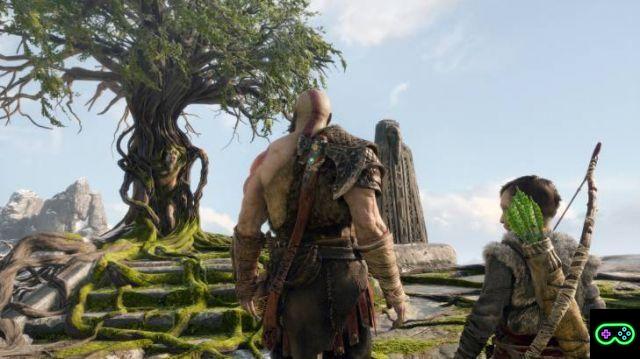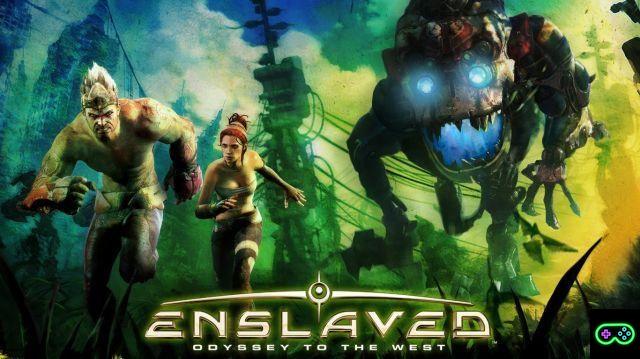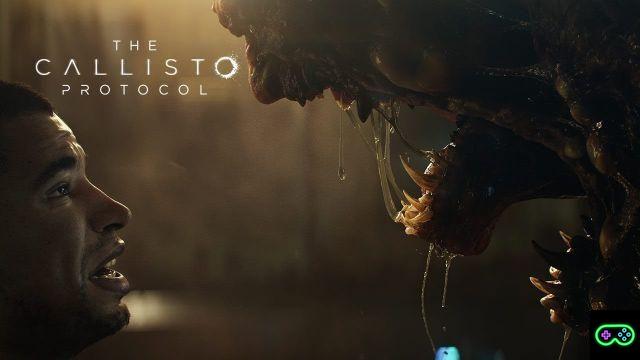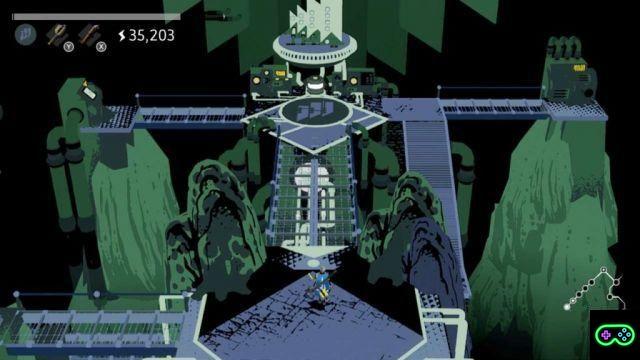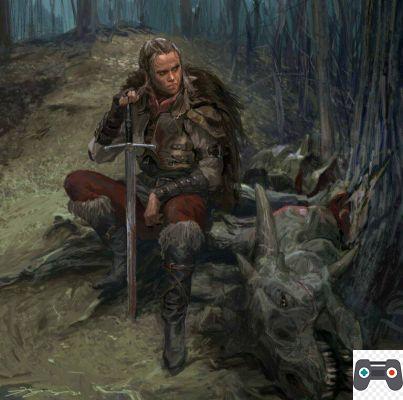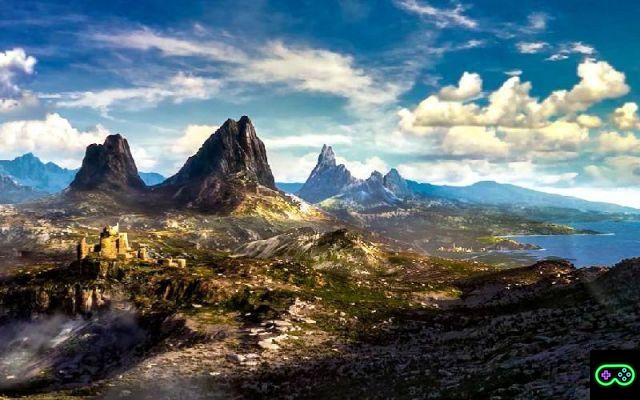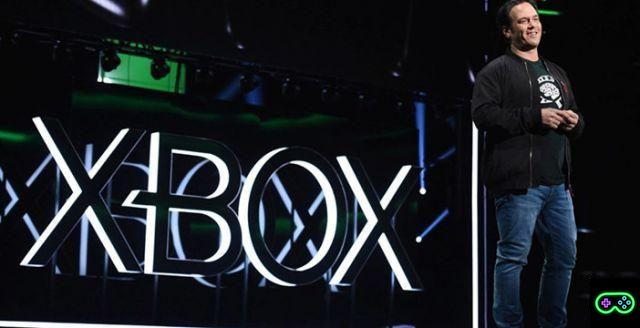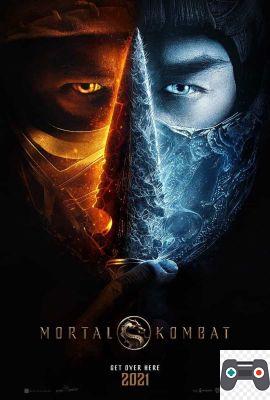My gamer career took place mainly on consoles, starting with a dazzling Sega Mega Drive II. However, I have not missed a few forays on PC, especially in early childhood. I remember with nostalgia the joy I felt playing video games with my brother and our cousins on my paternal grandfather's computer, during the family reunions that took place every Saturday night. That glorious Windows 95 introduced me to LucasArts' graphic adventures as well as Sid Meier's 4Xs (passing through the inevitable Minefield e 3d pinball), plus some obscure floppy disc games that happened at home by chance, probably a tribute from computer magazines. Among them, the most fascinating was undoubtedly Prince of Persia, a 2D scrolling action-adventure with absolutely stunning animations for the time. Lost in the maze of memory, the title resurfaced to my mind about 10 years later, when Ubisoft announced the development of a new chapter of the saga. Prince of Persia: The Sands of Time came out in 2003 and deeply influenced 3D action-adventure, hailed as a sixth generation console masterpiece. On the occasion of the announcement of Prince of Persia: The Sands of Time Remake all’Ubisoft Forward, let's rewind time to discover the history of the series.
Once upon a time there was a student ...
Karate Kid
We are in the mid-80s when Jordan Mechner, a high school student in Chappaqua (NY), start programming video games with an Apple II bought thanks to proceeds from comics and illustrations sold at local fairs. The young student is certainly a brilliant mind, so much so that he has developed a rotoscoping system (the illustrated cast of a filmed sequence) with which, during the years of studying psychology at Yale, immortalizes videos in Super 8 of friends and relatives who make them perform actions and movements that they can subsequently implement in their own video games. The first result of this experimentation is Karateka (Brøderbund, 1984), a sliding fighting game with animations with an unprecedented fluidity until then.
Karateka, programmed on Apple II, it was an instant hit, also sold in Europe and converted to a plethora of versions. Mechner soon got to work on a new title, who always made the fluidity of the protagonist's movements his strong point, but adopted a different setting and favored the adventurous and exploratory aspects. The choice of the Arabic setting was influenced by Mechner's fascination with A Thousand and One Nights, whose stories he had known since childhood. Karateka it was therefore the viaticum for the next one Prince of Persia.
All in family
Francis Mechner, father of Jordan, Austrian-born entrepreneur and pianist, he was enlisted by his son to compose the soundtrack for Prince of Persia (he had also worked on that of Karateka). Jordan also perfected his rotoscoping technique, abandoning the Super 8 in favor of more modern VHS technology, e taking his brother David as a model, at the age of sixteen, of which he immortalized various actions: running, jumping, climbing ... in search of an even greater degree of fidelity to the reality of human kinetics. Mechner himself posted this and other material on his personal site. Here below the precious testimony: it is a pioneering working methodology for the time, ancestor of modern motion capture which cinema and video games cannot do without. Thinking that it was conceived alone by a young man who did everything at home only arouses admiration for him and the whole Mechner family, to which the gaming industry will always be indebted.
Mechner finished programming the game in 1989. Re-distributed by Brøderbund, Prince of Persia was published in the same year, and it was converted into a myriad of versions, including: NEC, MS-DOS (that of my Saturday nights), Amiga, Atari ST, Master System, NES, SNES, Genesis, Game Gear; and more recently Game Boy Advance, Nintendo 3DS, Wii and iOS. Not bad for a homemade game! The worldwide success prompted Mechner to create a sequel: nel 1993 uscì Prince of Persia II: The Shadow and the Flame, another good success even if he did not succeed in repeating the exploit of the debut.
action-adventure-platform-dungeon-crawler-time-attack-fighting game
In ancient Persia, the evil vizier Jaffar tries to take power with a coup: while the sultan is traveling, Jaffar locks the princess in a tower, and her lover (or the protagonist of the game) in the dungeons of the castle. . The princess has an hour to convince herself to marry the vizier, otherwise she will be put to death. Our hero therefore has 60 minutes available to escape from the dungeons of the palace and defeat Jaffar, thus saving his beloved..
The narrative premise of Prince of Persia, but it's enough to immerse yourself in the claustrophobic atmosphere of the game. The title is adrenaline-pumping: on the one hand the race against time, on the other the exploration of a huge dungeon split into levels, labyrinthine and full of deadly traps, in which to face enemies, find objects, open escape routes and move with caution, on pain of premature death given by the fall into a precipice, the opponent's sword, terrible spikes that emerge from the floor and much more. Prince of Persia ingeniously combines instances of different genres, wrapped up in a solid action-adventure system: difficult in the first place, it pushes to repeated attempts at resolution, until little by little, death after death, one manages to orient oneself in the meanders of the prison making a mental map of it or - why not? - written, and you are right about the game, perhaps becoming so skilled as to have fun running speedruns. In short, a high level of challenge, but never frustrating, a harbinger of great satisfaction once mastered.
As seen from the video above, dying is very easy in the game, and it happens all the time: the little energy available (the red triangles at the edge of the screen) is completely cleared by most of the traps, which cause instant death and repetition of the level (but not reset the timer, which will continue to advance!). The duels with the vizier's henchmen, on the other hand, cause you to lose one for each hit suffered, as well as falls from non-fatal heights. You can only heal yourself (or increase your maximum health) by means of rare red potions scattered around the map, and also there is no save function: if the time runs out, start again. Other than Dark Souls! Luckily there are records like the one below to show us that with a little goodwill (and a few glitches) too Prince of Persia it can be mastered properly.
Compared to the first chapter, Prince of Persia II: The Shadow and the Flame brings improvements across the board, starting from the artistic direction: more colors, more settings, more graphic detail combine to make the sequel much more aesthetically pleasing. The game is longer (it is always a time trial but this time you have 75 minutes) and the maps are larger. The number and variety of enemies on the screen increases, as well as the deadly traps and movements available to the protagonist, who can now also crawl through narrow tunnels. Also at a narrative level, the plot offers a greater degree of depth, while remaining very basic: Jaffar is not dead and, assuming the guise of the young hero, has him exiled with the intention of assuming his role as prince and from there aiming for the throne of the sultan. Once again we will have to get the better of him, but not before having made a dangerous journey to the most exotic and mysterious places in the kingdom, led by a woman who turns out to be the mother of the protagonist, who will reveal his belonging to a noble lineage: the prince is the latest exponent due to the massacre of the family by an army of darkness led by a mysterious witch, supposed nemesis of a third chapter that never saw the light.
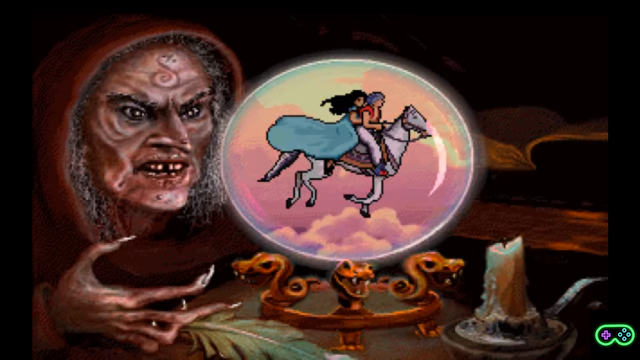
Up and down in 3D
Top
“In 1992, after the release of Prince of Persia, I went to Paris with the intention of taking a sabbatical from the video game industry. Ironically, this led me to the realization of my most ambitious title ”. So Mechner about The last express, a graphic adventure developed by its fledgling software house Smoking Car Productions e the artist's first attempt in the field of 3D, which we must quickly mention. The ambition of the project is evident, starting from the effort made to faithfully recreate the art nouveau aesthetics of the early 900s, the era in which the story takes place, set aboard the Orient Express close to the outbreak of the First World War. The study develops a advanced rotoscoping system made from studio shots (the most direct ascendant of motion capture), indispensable for decently animating in three dimensions. The adaptive event system, which modifies the actions of the characters according to those of the player, it posed a huge writing challenge: Mechner, who has always been passionate about cinema and aspiring screenwriter, took the plot to such a level of depth as to generate an 800-page script, created with the help of Tomi Pierce, co-writer of the work. Below is a fascinating behind the scenes.
The last express was published in 1997 by Brøderbund, and the modest success with the public (mainly linked to the vicissitudes of the publisher, which was acquired by The Learning Company thus interrupting the press) forced Mechner to close the newly founded company. However, the title has aroused critical acclaim and over the years has managed to find its audience. What interests me most about the game is one of its gameplay features, that is time travel: the player can pause the game at any time (which runs in 6x accelerated time compared to the real travel time of the Orient Express route) and rewind time to an earlier moment, to interact again with characters and events that have already happened, thus going to modify subsequent outcomes. Correcting your mistakes by rewinding time… Does it remind you of anything?
Flop
Poor sales of The last express they discouraged Mechner, who wanted to leave the industry. Red Orb Entertainment, a branch of Brøderbund, had other plans: Mechner was enlisted as a screenwriter and designer on a development team new chapter of the Prince of Persia franchise, the first in 3 dimensions. The works continued amidst many economic difficulties, and with insufficient development times. Prince of Persia 3D is released in 1999 in a barely acceptable state, between woody animations, unresolved bugs, problematic camera and an exploratory gameplay to the Tomb Raider that helped to make the brand lose its identity. The following year the port for Dreamcast came out: although slightly improved, the game did not even take off there, and the general failure of the SEGA console contributed to further derailing sales.
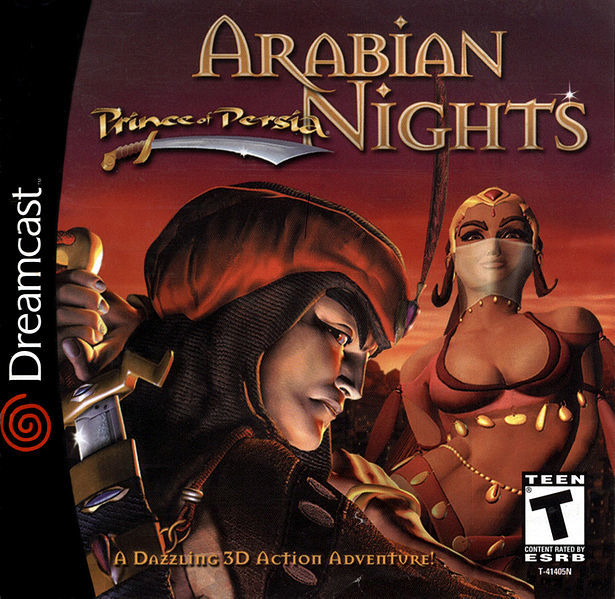
Not even the disturbing young lady on the cover was able to boost sales.
In short, the series seemed to be at an end by now, and Mechner wanted was determined to devote himself to something else. Except that in 2001 Ubisoft acquired the game catalog of the series. The IP was still owned by Mechner, who in 2001 was then contacted by the president of Ubisoft Yves Guillemot to explore the possibility of collaborating in the creation of a reboot of the series with an innovative, high-budget game, that lived up to its name. How can you say no?
Where's the bigger…
Good first
Developed by Ubisoft Montreal, Prince of Persia: The Sands of Time it was published in 2003 and became an instant classic, at least in Europe where the company placed 2 million copies in less than a year. The game he buys prizes, and his influence is evident in retrospect on the future of videogames: the two cornerstones of its gameplay, Time manipulation and acrobatic exploration are the basic concepts of Assassin's Creed (2007), which is his most obvious parentage. But his credits go as far as the indie scene, for example in the case of Braid (2008), who makes temporal manipulation the tool for solving his puzzles. The sands of time also creates the "Prince of Persia brand", giving life to a franchise that extends its license to comics, toys and the film of the same name (2010), of which Mechner himself takes care of the history and executive production. A resounding success: I remember well how, in the circle of my gamer friends, we all had played it or tried it by someone who owned a copy. Prince of Persia: The Sands of Time for a few years it became the action-adventure par excellence.
Prince of Persia: The Sands of Time is a third-person adventure that mixes platforming, environmental puzzles and combat phases, faithfully respecting the hybrid formula that has always distinguished it. updated to a fluid gameplay with cutting-edge 3D graphics and seasoned with a simple but effective fairytale narrative, which also cancels the old stereotype of the damsel in distress to support the prince with a strong and strong-willed co-protagonist. The game implements the mechanics of time manipulation in various ways, all fun and original for the time: on an exploratory / defensive level, it consisted of rewind the last few seconds of gameplay (up to 10) to correct any fatal errors (for example, falling off a precipice); on an offensive level, inactivation of a sort of bullet time in which to rage on slowed or frozen enemies. Using these techniques consumes the available sand units of time, which can be restored by defeating enemies.
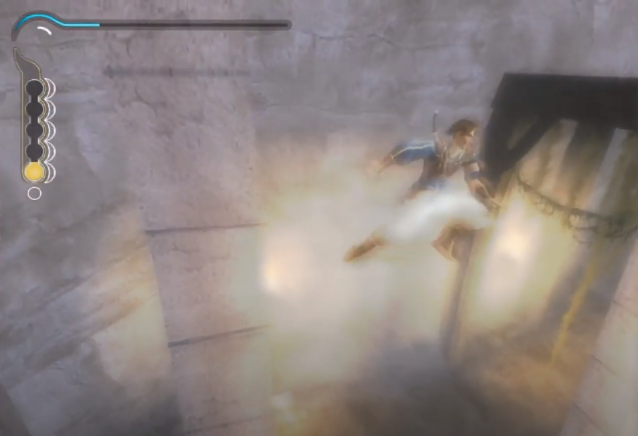
A great effort has been made to implement the novelty of the dynamic camera, which passes seamlessly from the first to the third person, from free to bound, in perfect balance between usability and spectacularity. The other aspect that still remains remarkable today is the quality of the animations of the characters, which have always been the flagship of the series, combined this time with a spectacularity of movement maneuvers acrobatic, from running on walls to jumping from wall to wall, as well as more classic climbing maneuvers and manipulation of objects and levers. Own this sort of videogame parkour is one of the biggest legacies to the future Assassin's Creed franchise.
There is no 1 without 2 and 3
Given the exploit of The Sands of Time, Ubisoft immediately got to work to serialize its new IP. Without further involvement of Mechner a trilogy was made main through the development of two sequels, Prince of Persia: Warrior spirit (2004) and Prince of Persia: The two thrones (2005), plus the spin-off Battles of Prince of Persia (2005) and the midquel Prince of Persia: The Forgotten Sands (2010). None of these had the impact of the first title in terms of influence on the industry. Nevertheless, the reception of the public was largely favorable: the franchise has placed tens of millions of copies in the world (there are no official definitive numbers, however). If the two main sequels limited themselves to adding a few new features and finishing from the game mechanics of the original (emphasis on the combat system and dark atmospheres in the second, inclusion of QTE in the third), spin-offs and midquel have tried different paths, from turn-based play based on Battles cards to rythm-action mechanics based on the correct combination of power-ups in The Forgotten Sands. Over the course of a decade, the Ubisoft series has kept millions of players company and revamped a historic IP, doing it justice. Almost always, at least ...
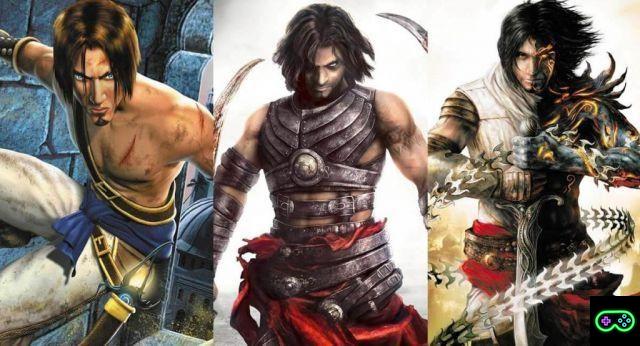
…reboot does not stop
In 2008 Ubisoft decided that yes, it is time to do a new reboot of the franchise, writing a totally new story and characters but maintaining the gameplay basics that have made the series successful: the new Prince of Persia is published in 2008. The artistic design goes from a realistic and angular setting to a fairytale and soft one, assisted by the polygonal rendering in cel shading, and the whole game atmosphere is more sunny than in the past, with a more picaresque than epic story (the protagonist is no longer a prince, but a beggar in search of fortune) and an accessibility that translates into a level of difficulty calibrated downwards, effectively eliminating the possibility of game over: following a potentially fatal mistake, the co-protagonist of the game intervenes by saving the protagonist and thus guaranteeing infinite attempts to the player. Finally, any mechanics concerning the manipulation of time, which has always been a peculiar characteristic of the series, are eliminated, contributing to a process of loss of identity of the chapter in question.
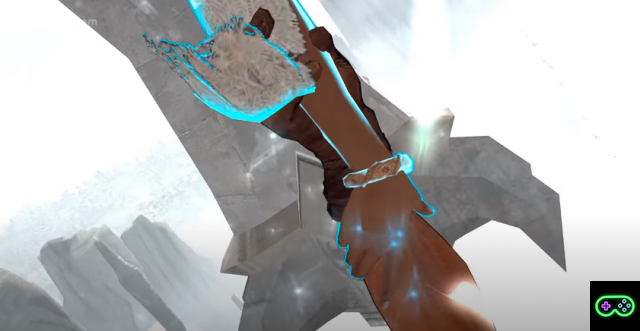
This new Prince of Persia sweetened in atmospheres and game mechanics was greeted with mixed feelings from audiences and critics: while generally appreciating the artistic and character design, there were many criticisms regarding the extreme ease of the game, from practically nil challenge level: a total change of perspective from the philosophy of the original game, not digested by most of the community (I personally hated the title, abandoning it after a few hours of testing). Reviews generally remained high in the numerical judgment (albeit without lapping excellence), but sales never meshed, not even with the release of a Nintendo DS sequel. Prince of Persia: The Fallen King (2008) and the DLC Prince of Persia: Epilogue in 2009.
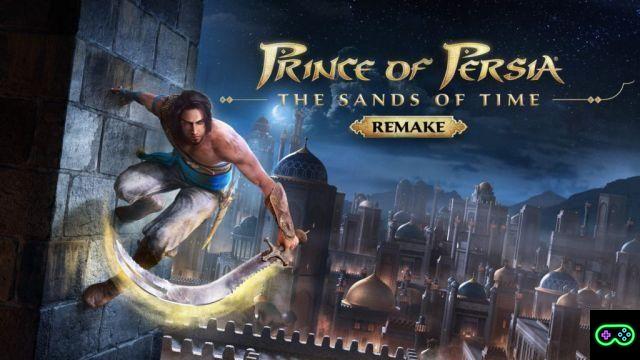
Rewind Forward
An entire generation of consoles passed without the brand being resurrected. Now, after a decade of silence and close to the ninth generation of consoles, here is the welcome announcement at the Ubisoft Forward: Prince of Persia: The Sands of Times Remake will be released on January 21, 2021 on PS4, Xbox One and PC. Developed by Ubisoft India, the title has a good chance of being a forerunner for a future next-gen chapter. Being a remake, the studio has the ability to update the gameplay by modifying or adding new mechanics, in short, experimenting for a hypothetical new title. At the end of this long excursus on one of the most influential series in the action-adventure scene, you can look to the future with the reasonable solid certainty of soon seeing new incarnations of the most famous prince in the history of video games.




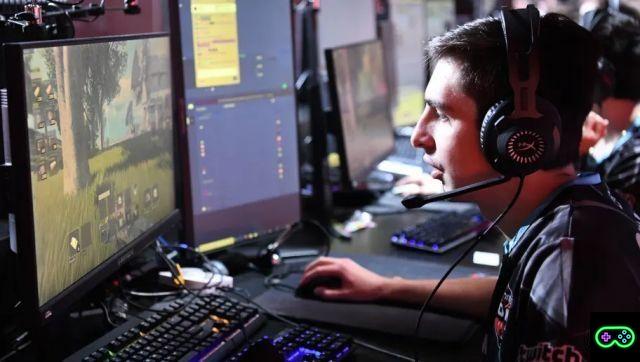
![[The Bear's Lair] God of War: Betrayal and Greek mythology](/images/posts/17432d3b12ecfec44b0b855d20c7520f-0.jpg)
